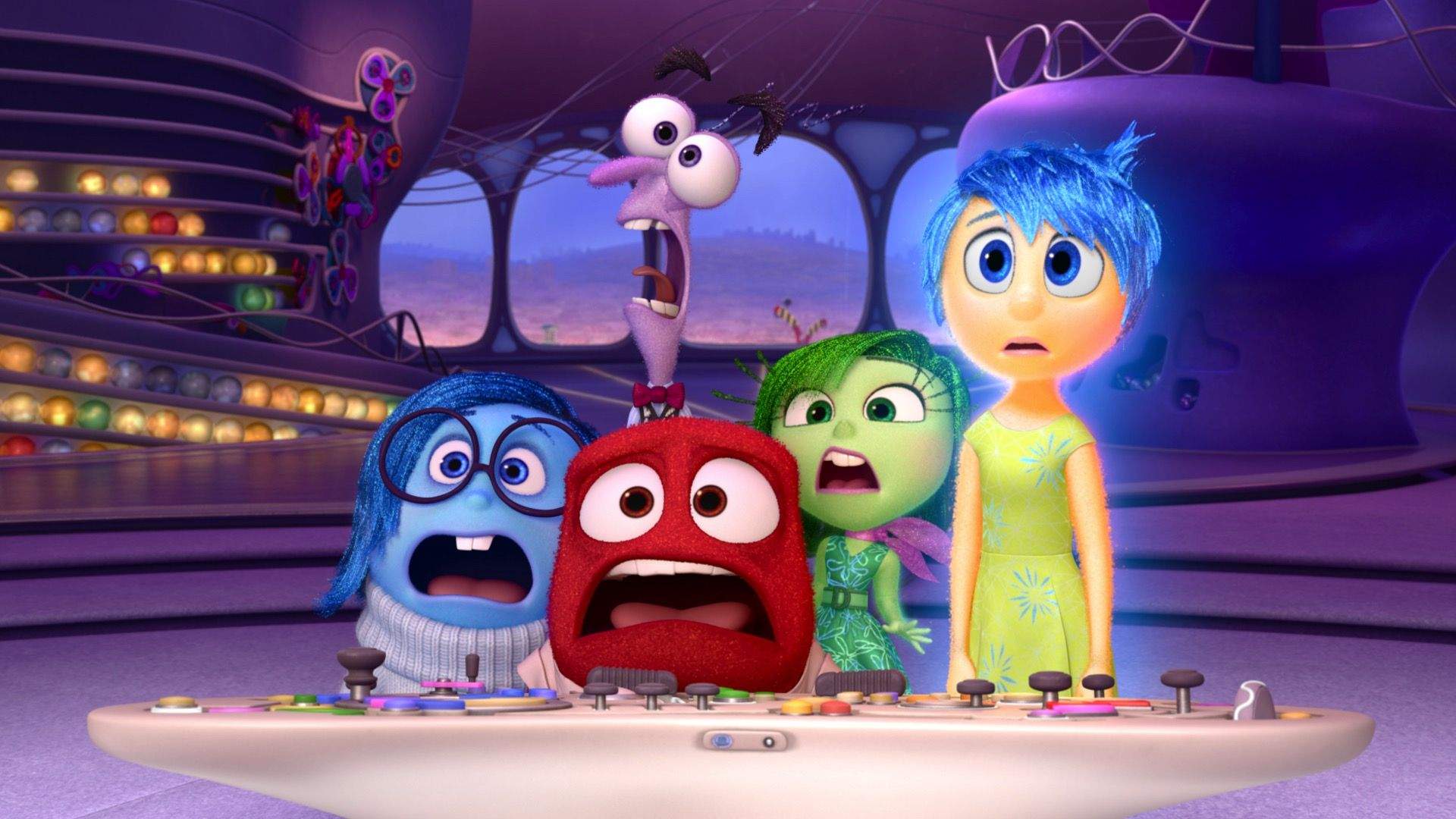Inside Out revolves around the life of an 11-year old girl named Riley, who is moving across the country with her family. At such an impressionable age, a move is a huge transition, and she experiences an outpour of emotions as she leaves her home, friends, and hockey league behind. Enter the main characters, Riley’s feelings: Joy, Sadness, Anger, Fear, and Disgust, who provide a glimpse into the workings of Riley’s mind as she navigates this life-changing experience.
From the moment it started, I couldn’t contain my excitement. The nerd in me was blown away by the extraordinary way in which many of the movie’s messages “measured up” to reality from a neuro-scientific perspective. For example, the way a day full of short-term/working memories is then consolidated during sleep.
While the film gave up some scientific integrity for the sake of storytelling, its poetic license didn’t drive too far away from the reality that we are, essentially, made up of personality traits that wax and wane during different points in our life.
Beyond the intricate science of it all, what Inside Out did do so well was to provide the empowering message that we should learn how to understand, connect to, and accept our feelings and memories in a way that is conducive to thriving.
Five ways Inside Out taught us about the importance of emotions:
1. All of our emotions exist for a purpose
Emotions are neither inherently good or bad, and to think of them in such dichotomous terms is to do yourself a disservice. Every emotion tells us something about our inner experience that might be informing our outer experience.
In fact, Rumi, the Sufi poet, waxed poetic in “The Guest House” a long time ago about how we should treat every emotion as a visitor, without looking to get rid of any of them, and instead work to understand their message and purpose.
What Rumi alluded to in his writing was also recently confirmed by research that indicates that well-being is actually predicated on having a wider range of emotions. The more you can feel—in all of feeling’s iterations—the better off you are.
2. To have emotions is to have a compass
At one point in the film, Joy tries to keep Sadness away from Riley. Although she felt other emotions, the inability to feel sadness, coupled with her mother’s request for Riley to stay happy, ultimately lead to a cold and numb existence. This state only generated poor judgment and unhealthy choices. It wasn’t until she felt sadness that Riley was able to see more clearly and reach out for support. Acknowledging and understanding emotions is much healthier, productive, and adaptive than ignoring their importance.
3. Our realities and memories are filtered through our emotional lens
Just like our present reality is seen through the framework of our past experience, the memories we look back on are colored by our present-moment experience. In Riley’s case, she recalled a championship hockey game several different times during the movie. At one point, she remembers missing the winning shot and feeling sad about it. At another point, she literally remembers the same moment, but this time, she recalls smiling as she is championed by her teammates who pick her up onto their shoulders to let her know how valuable she is to the team. Same memory, the only difference being that it was recalled through a sad lens, and then through a joyful lens.
This is a very powerful idea. What we really “need” to remember is that our memories are a part of our personal narrative, and that in many ways, we construct the narrative we believe. Because we create the narrative, we can change our story at any time. We can’t delete certain paragraphs that contain with negative facts and daunting realities. We can’t cut out chapters that we would rather not have had—they will always be there, and that’s okay. Research suggests that the actual experiences we have are less impactful than the story we tell ourselves about them.
4. Having the language to talk about emotions is empowering
Probably the most remarkable part of the movie is its existence as a film that focuses on emotions. As long as more than a modicum of scientific integrity exists, what’s important is that an illustration of the concept of emotion can now impact the dialogue we have with our children.
If children learn earlier on to embrace the way they feel, and that it’s crucial to feel all of their emotions, we can hope to see more adjusted adolescents and adults. Really, though, animation aside, this movie’s target audience is feasibly all of humanity. Why? Because to have the language to talk about our emotions, in all of their iterations, is to be empowered with an ability to learn from them, to respond to them with the utmost of compassion, and approach them with less judgment.
5. Feeling our emotions is a universal human experience
Pixar knew what it was doing when it used 5 scientifically validated universal emotions, stemming from Dr. Paul Eckman’s work (the 6th universal emotion is surprise). Through Eckman’s research, he showed that certain emotions are felt and expressed through universal facial expressions across cultures around the world. And so, the movie reminds us of our intrinsic humanity, how similar we all actually are despite our differences.
This is a very powerful idea, especially in the wake of discriminations based on skin color and/or gender/sexual identity. At the end of the day, no matter who you are, you experience the capacity for the same range of emotions. Therefore, if we can realize that we are all just fighting our own hard battles, we might experience this world with more compassion and less judgment.
This post is adapted from BrainCurves.






